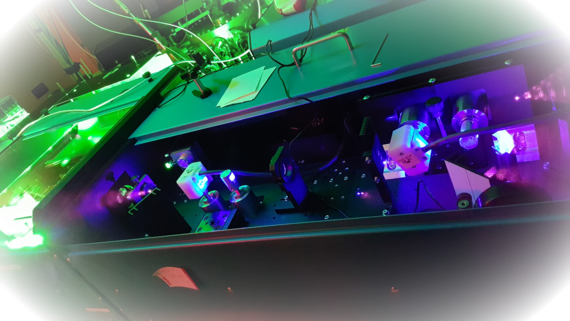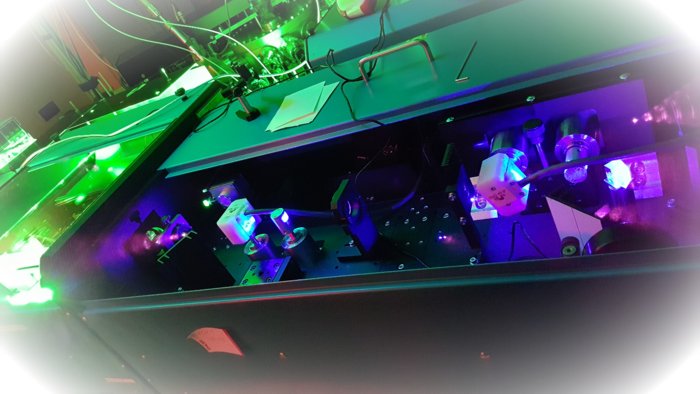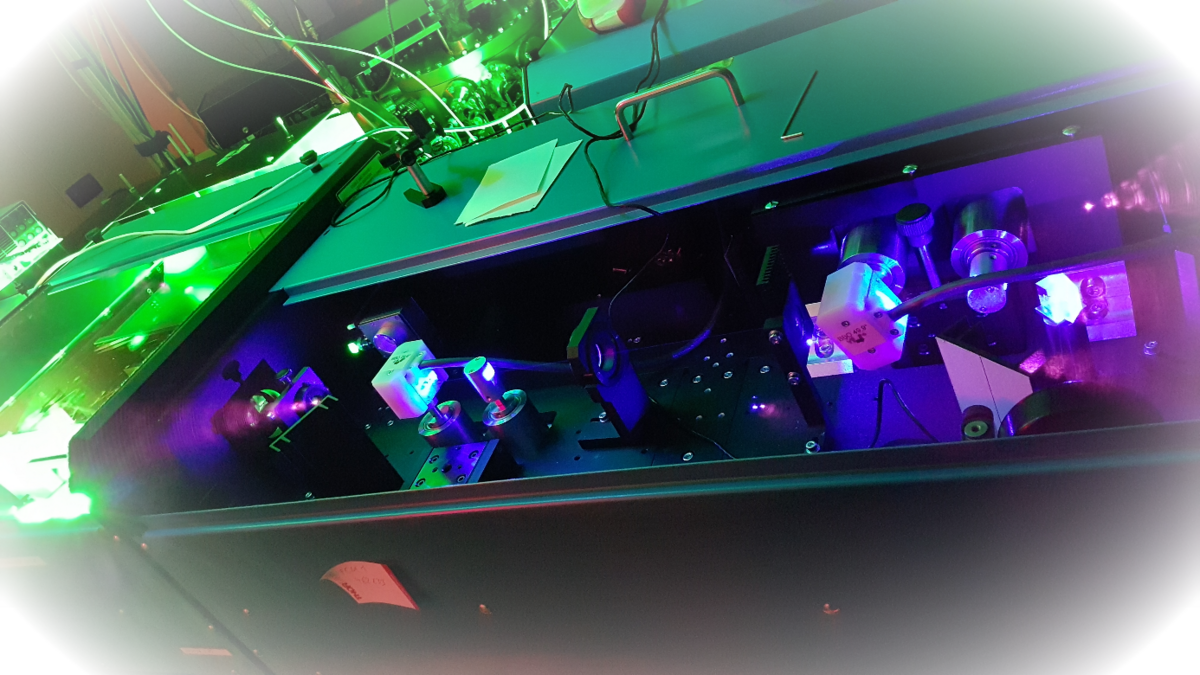Introduction



Among all known isotopes 229Th possesses a uniquely low-lying nuclear excitation state at 7.8(5) eV (≈ 160 nm) with an unperturbed lifetime in the range of several 1000 s, possibly accessible by laser radiation. The comparatively high transition frequency and lifetime allows for building a nuclear optical clock with unprecedented relative uncertainty in the ≤10-19 range. In comparison to transitions in the electron shell, the transition frequencies of nuclear transitions are less sensitive to external perturbation fields due to the smaller size and moments of the nucleus, causing smaller shifts on the transition frequency and therefore a higher accuracy and long-term stability of such a clock.
The high uncertainty in the isomer energy and the lack of tunable laser sources in this energy range require for an alternative method of the nuclear excitation by laser radiation: An indirect excitation of the nucleus might be feasible, using the electron shell as an “antenna” to transfer energy into the nucleus via hyperfine interaction. These processes are known as electronic bridge or NEET (Nuclear Excitation by Electron Transition).
Experiments with Th+ and Th2+ ions at Physikalisch-Technische Bundesanstalt (PTB) in Braunschweig aim at the excitation of the nucleus using these processes.
Results
During the second funding period two major instrumental developments have been concluded successfully: a setup for sympathetic laser cooling of trapped recoil ions of 229Th3+, 229mTh3+ and 230Th3+ from the α-decay of 233U and 234U, and a tunable pulsed VUV laser that provides a few GHz linewidth and high power spectral densities for the resonant excitation of 229mTh in trapped thorium ions and in Th-doped CaF2 crystals.
The first apparatus will be used for precision measurements of the hyperfine structure of 229Th3+ and 229mTh3+ in order to obtain more precise nuclear moments of these two nearly degenerate states. This will allow one to determine the difference of the Coulomb energies of both states, the parameter that determines the sensitivity of the nuclear transition frequency to the value of the fine structure constant.
The second instrument, the VUV laser source, will be used primarily for the search for nuclear excitation, first in Th-doped crystals and subsequently in trapped thorium ions. In addition, we plan to use it for a study of the electronic level structure of Th+ in the energy range of the nuclear isomer, in order to gain more understanding on the relevance of electronic bridge processes for the nuclear decay of the isomer in this charge state.
Publications
Showing results 1 - 7 out of 7
Project leader
38116 Braunschweig
Staff
Bundesallee 100
38116 Braunschweig
Bundesallee 100
38116 Braunschweig
Bundesallee 100
38116 Braunschweig
Bundesallee 100
38116 Braunschweig
Bundesallee 100
38116 Braunschweig
Bundesallee 100
38116 Braunschweig
Bundesallee 100
38116 Braunschweig
Bundesallee 100
38116 Braunschweig

